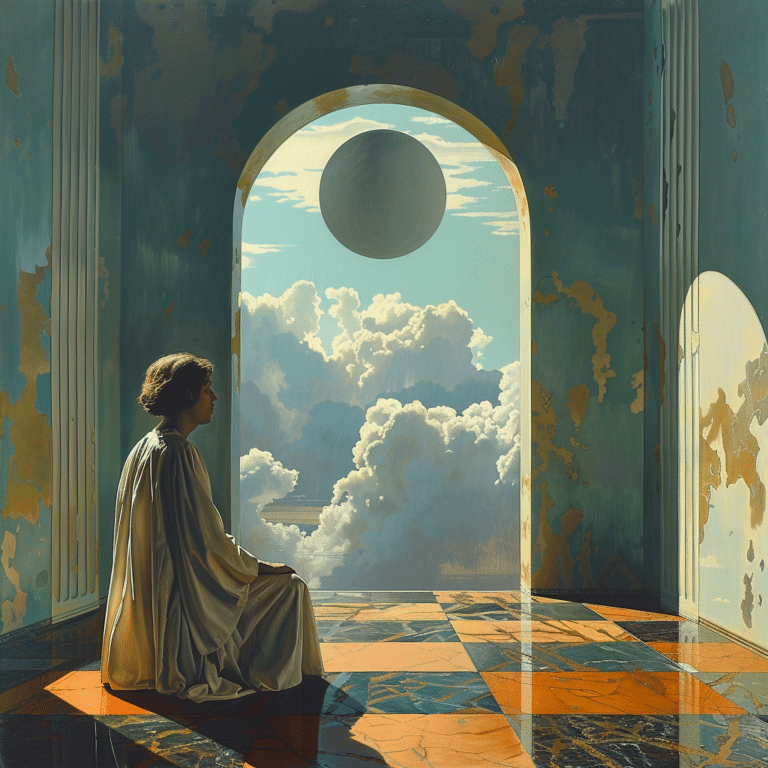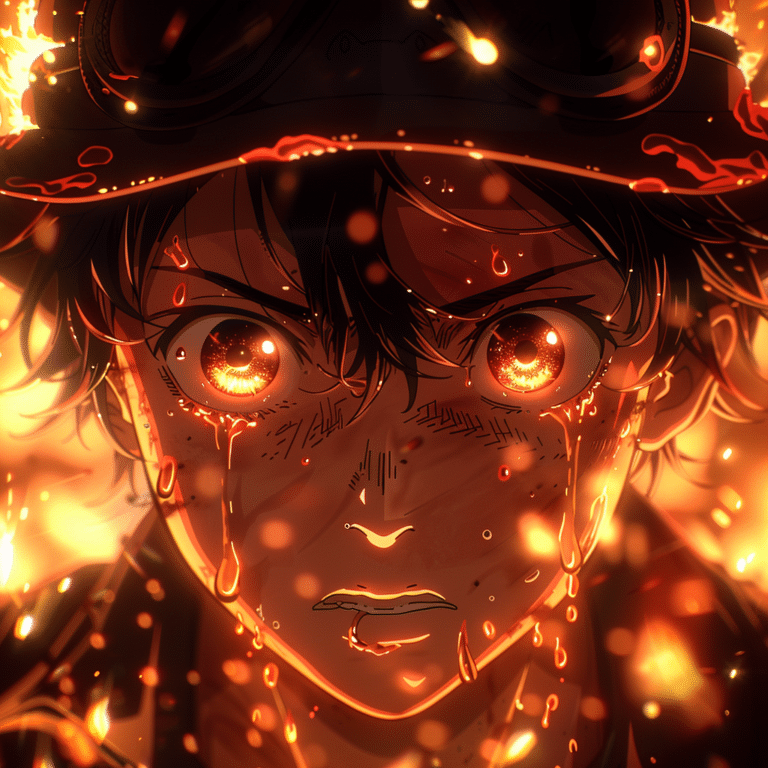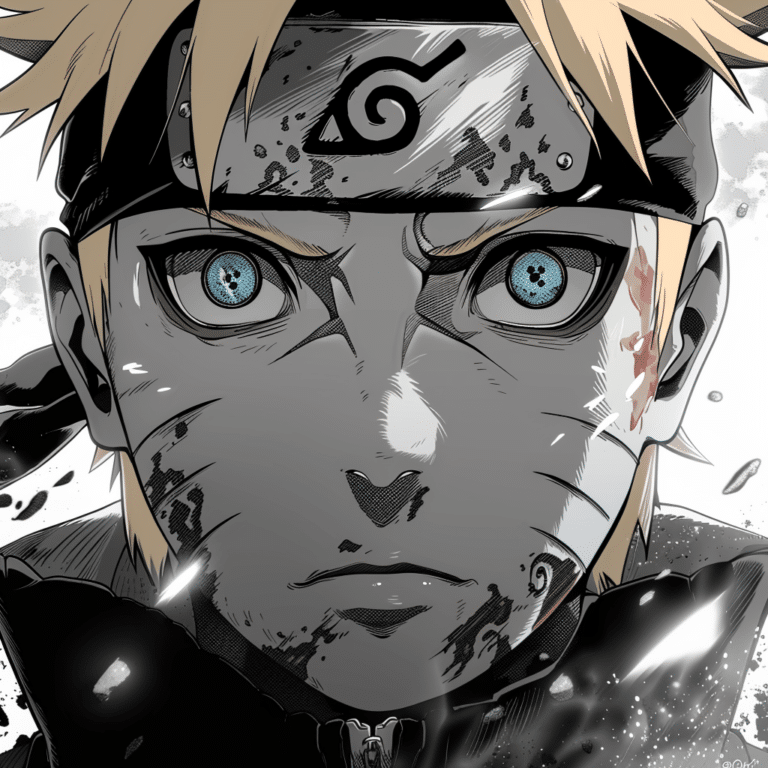Go Nagai’s Pioneering Influence on Modern Manga and Anime
Go Nagai, a name synonymous with groundbreaking innovation, has consistently pushed the edges of manga and anime. Born Kiyoshi Nagai, he made waves from the late 1960s onward, creating works that redefined Japanese pop culture. With legendary series like Devilman, Mazinger Z, and Cutie Honey, Nagai became a beacon of creative brilliance. His impact extends across genres such as seinen, shounen, and horror, forever changing how stories are told and experienced. This article delves deep into his evolution as an artist, his societal impacts, and his enduring influence on modern creators.
The Go Nagai Origin Story: From Devilman to Mazinger Z
Jigen Daisuke’s Archetype: The Noir Influence
Many know Jigen Daisuke from “Lupin the Third,” but the character’s darker, morally complex roots trace back to Nagai’s storytelling techniques. Go Nagai’s creative flair for gritty, morally ambiguous characters set the stage for Daisuke and others like him. Infusing such anti-heroes with rich backstories and compelling ethical struggles, Nagai has left an unmistakable imprint on noir characters in anime. His works have established a framework that continues to inform the creation of these intricate personalities.
Gen Hoshino: A Modern Echo of Nagai’s Versatility
While Gen Hoshino is primarily recognized as a singer and actor, his versatile career echoes Nagai’s multifaceted creations. Just as Nagai seamlessly blended various genres, Hoshino dives into multiple entertainment avenues with equal grace. Nagai’s ability to mix humor, action, and drama in his characters provided a blueprint for artists like Hoshino, who continually reinvent themselves across different mediums. The innovative spirit of Go Nagai is alive in today’s entertainment landscape, shaping icons in unexpected fields.
Daisuke Jigen: Reinventing the Sidekick Archetype
Daisuke Jigen, often seen beside Lupin, owes depth and complexity to the archetypal frameworks established by Nagai’s masterpieces. In Nagai’s narratives, side characters were never mere accessories—they embodied rich backstories and pivotal roles. Daisuke Jigen’s profound character would seem almost incomplete without the pioneering foundations laid by Nagai. This deep character development transcends simple archetypes, elevating them into integral parts of the storytelling tapestry.

| Category | Details |
| Full Name | Kiyoshi Nagai (known professionally as Go Nagai) |
| Date of Birth | September 6, 1945 |
| Occupation | Manga Artist, Writer, Producer |
| Specializations | Science Fiction, Fantasy, Horror, Erotica |
| Notable Works | – *Cutie Honey* – *Devilman* – *Mazinger Z* |
| Current Engagements | Actively working on new manga projects, continuing to be prolific in manga production more than ever. |
| Key Contributions | – Revolutionized manga with the introduction of super robots in *Mazinger Z.* – Influential work in horror and dark fantasy with *Devilman.* – Created one of the first female action characters in *Cutie Honey.* |
| Collaborations | Co-creator of *Getter Robo* with Ken Ishikawa. |
| Adaptations | Many works adapted into anime and tokusatsu (live-action special effects) productions. |
| Artistic Style/Elements | Bold, innovative themes; integration of societal issues within the entertainment narrative; dynamic and expressive art style. |
| Legacy | Go Nagai is considered a pivotal figure in the evolution of manga and anime, influencing countless creators and the broader pop culture landscape. |
Iconic Works and Lesser-Known Gems: Unpacking Go Nagai’s Diverse Portfolio
Megaton Musashi: Revisiting Nagai’s Mecha Influence
Megaton Musashi may not be directly created by Go Nagai, yet it stands on the shoulders of his pioneering mecha creations. With Mazinger Z, Nagai introduced the world to the thrilling integration of human emotions with robot battles. This storytelling template influenced countless future series, including “Megaton Musashi.” By mixing intense action with emotional depth, Nagai set a standard that continues to inspire new mecha tales.
Kenshin Himura’s Philosophical Parallels: Samurai Ethics and Identity
In Rurouni Kenshin, the protagonist Kenshin Himura navigates complex ethical dilemmas and quests for identity, much like Nagai’s characters in series like Devilman. Nagai’s works often explored profound inner conflicts, where protagonists struggled with their darker urges and societal roles. Kenshin’s relentless moral struggles mirror those faced by Nagai’s creations, showcasing the enduring relevance of his storytelling themes.
Street Fighter’s Juri: Echoes of Femmes Fatales in Go Nagai’s Work
Juri Han from “Street Fighter” encapsulates the enigmatic, powerful female characters inspired by Nagai’s early portrayals. By highlighting strong, multifaceted female heroines and anti-heroines, Nagai shattered stereotypes. His characters, like the fierce Cutie Honey, showcased unparalleled complexity and strength, paving the way for the layered female figures seen in modern gaming and anime, such as Juri.
Horror Roots and Psychological Depth: Nagai’s Influence on Junji Ito and Beyond
Junji Ito Maniac: Psychological Horror Foundations
Go Nagai’s dark and psychological storytelling laid crucial groundwork for horror magnates like Junji Ito. With works such as Orochi and Horror Theatre, Nagai delved into the frailties and fears of the human psyche, predating the nuanced horror in Ito’s narratives. His blend of psychological depth and macabre elements continues to influence contemporary horror storytelling, including that found in Ito’s renowned series, thus enriching the genre’s texture.
The Vocal Legacy of Daisuke Ono: A Testament to Character Depth
Voice actor Daisuke Ono’s roles in anime series influenced by Nagai underscore the emotional range and depth Nagai brought to his characters. Performing as Jotaro Kujo in “JoJo’s Bizarre Adventure,” Ono’s voice acting captures the intricate blend of stoic bravery and hidden vulnerability that Nagai’s characters often exhibit. This testament to Nagai’s character depth adds another layer to his profound influence on the anime industry.

Innovating Beyond Boundaries: Go Nagai’s Enduring Legacy
Go Nagai’s work transcends time, challenging norms and exploring human psychology’s depths. From pioneering high-octane mecha battles in Mazinger Z to instilling existential chaos in Devilman, Nagai has left an indomitable mark on the world of manga and anime. His narratives continue to inspire contemporary artists and writers, proving that visionary storytelling can extend beyond generations.
By celebrating Go Nagai, we honor a creative force whose innovations remind us of the transformative power of storytelling. His legacy thrives, ensuring his contributions to manga and anime remain undisputed and guiding future narratives. Go Nagai isn’t just a creator; he’s a torchbearer in the ever-evolving world of animation, showing us what’s possible when push boundaries and redefine excellence. Catch up on everything Go Nagai, from his celebrated classics to modern inspirations, and feel the pulse of his revolutionary spirit in today’s top works.
Go Nagai Revolutionary Manga Mastermind
Breaking Boundaries
When you think about revolutionary figures in anime and manga, Go Nagai’s name is hard to miss. Renowned for pushing the envelope, Nagai introduced themes and elements that were groundbreaking for his time. Anime aficionados might be familiar with Nagai’s influence in modern series. For instance, many don’t realize Nagai’s work laid the groundwork for the intense action and drama in new hits like Kenshin X. This early innovation in storytelling often makes one wonder what influenced him.
Nagai’s inspirations didn’t stop at storytelling; they extended to unique character dynamics. When considering series that have vibrant, relatable characters like Nichijo, you can see the echoes of Nagai’s pioneering spirit. His knack for crafting gripping, emotional journeys has indeed set a high bar. His collaborative work with Ikumi Nakamura brought fresh vitality to many projects, proving that Go Nagai’s impact is continually evolving.
Cultivating Innovation
Go Nagai wasn’t content with just creating; he was constantly innovating. Did you know that his penchant for combining mechs and magic can be seen reflected in the likes of Knights And Magic? This blend of genres has become a staple in today’s anime, showing Nagai’s forward-thinking genius. What’s more, you might see traces of his stylistic influence in the Sakuga moments of many series, where animation quality spikes to enhance key scenes.
On another note, Nagai’s work mirrors diverse real-life themes. From the eerie tension found in horror genres, akin to the vibes seen in Higarashi, to more lighthearted fare that connects deeply with everyday life, seen in works like Nagisa. His breadth of creativity transcends genres, making each of his works a cornerstone in anime history.
Everyday Inspirations
Nagai’s reach can also be traced to the odd and whimsical. Often, his characters have been as integral and endearing to fans as a Tomagotchi. This element of playfulness juxtaposed with profound storytelling has made his work timeless. More intriguingly, Go Nagai was ahead of his time in blending seemingly disparate elements, reminiscent of how something unexpected like a Katsudon can fit seamlessly into an emotional narrative arc.
Even Nagai’s stories often brought everyday dynamics to the forefront. It’s interesting to note that his works continue to spark conversations comparable to heated sports debates seen in Kuroko. And just as people eagerly followed Dateline The Window, fans of Nagai remain passionate, always coming back for more to capture the essence of his creative genius.
In a nutshell, Go Nagai’s legacy isn’t just about anime; it’s about how his visions continue to shape the stories and characters we love today. Jayson Boeberts admiration for these stories is just one example of Nagai’s enduring influence across different walks of life. For any anime enthusiast, understanding Nagai’s work is a gateway to appreciating the rich, evolving tapestry of the medium.

What is Go Nagai famous for?
Go Nagai is a noted manga artist famous for creating groundbreaking works like Cutie Honey, Devilman, and Mazinger Z during the 1970s. His innovative stories and unique style have left a huge impact on the manga and anime industry.
What is Go Nagai doing now?
These days, Go Nagai is more active in manga production than ever before. He keeps producing new materials and his classic works continue to inspire and get adapted into new forms of media, including anime and tokusatsu.
Did Go Nagai make Getter Robo?
Go Nagai came up with the original concept for Getter Robo and worked on it with his assistant Ken Ishikawa as co-creators. Their collaborative effort helped shape the iconic series.
What inspired Devilman?
Devilman was inspired by a combination of Go Nagai’s inclination towards darker themes and societal issues of the time. He wanted to explore the depths of human nature and the horrors that can arise from it.
What is the biggest anime city in Japan?
Tokyo is considered the biggest anime city in Japan, especially areas like Akihabara and Ikebukuro. These locations are hubs for anime culture, filled with shops, cafes, and events dedicated to the medium.
What is the Harenchi Gakuen controversy?
The Harenchi Gakuen controversy revolved around the manga’s risqué content, which was quite provocative for its time in the late ’60s. It faced backlash for its bold depictions of sexual humor and themes, pushing the boundaries of acceptable content in manga.
What is Akina Nakamori doing now?
As of now, information regarding Akina Nakamori’s current activities is scarce. She has had periods of hiatus and comeback in her career, focusing on music and acting at different times.
What is Takumi doing now?
The current activities of Takumi are not widely known. He might be involved in various projects, but specific details about his recent endeavors are not readily available.
What is Yuka Sato doing now?
Yuka Sato’s recent activities are not widely documented. She has worked in the entertainment industry in various capacities, but exact current details are unclear.
Why was Getter Robo arc cancelled?
Getter Robo Arc was canceled largely due to internal creative differences and shifting priorities within the production team and publishers. It left many fans disappointed as the story was left incomplete.
Who owns Getter Robo?
Ownership of Getter Robo is attributed to Dynamic Planning, the company founded by Go Nagai. They manage the rights and licensing for the series.
What is Getter Robo made of?
Getter Robo is made of fictional mechanical and high-tech materials imagined to be futuristic and powerful. In the context of the series, the robots are powered by Getter Rays, a limitless energy source.
Is Berserk inspired by Devilman?
Yes, Berserk was inspired by Devilman. Kentaro Miura, the creator of Berserk, has openly cited Go Nagai’s Devilman as a significant influence on his work, especially in how it handles dark themes and complex characters.
Why was Miki killed by Devilman?
Miki was killed in Devilman as part of the story’s grim portrayal of chaos and destruction. Her death symbolizes the collapse of humanity and the extent of the brutality during the demonic apocalypse.
How did the original Devilman end?
The original Devilman ends on a tragic note with the protagonist Akira (Devilman) failing to save humanity and discovering that his efforts have been in vain. It concludes with a devastating battle and a somber realization of the true nature of the conflict.













